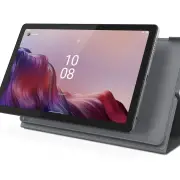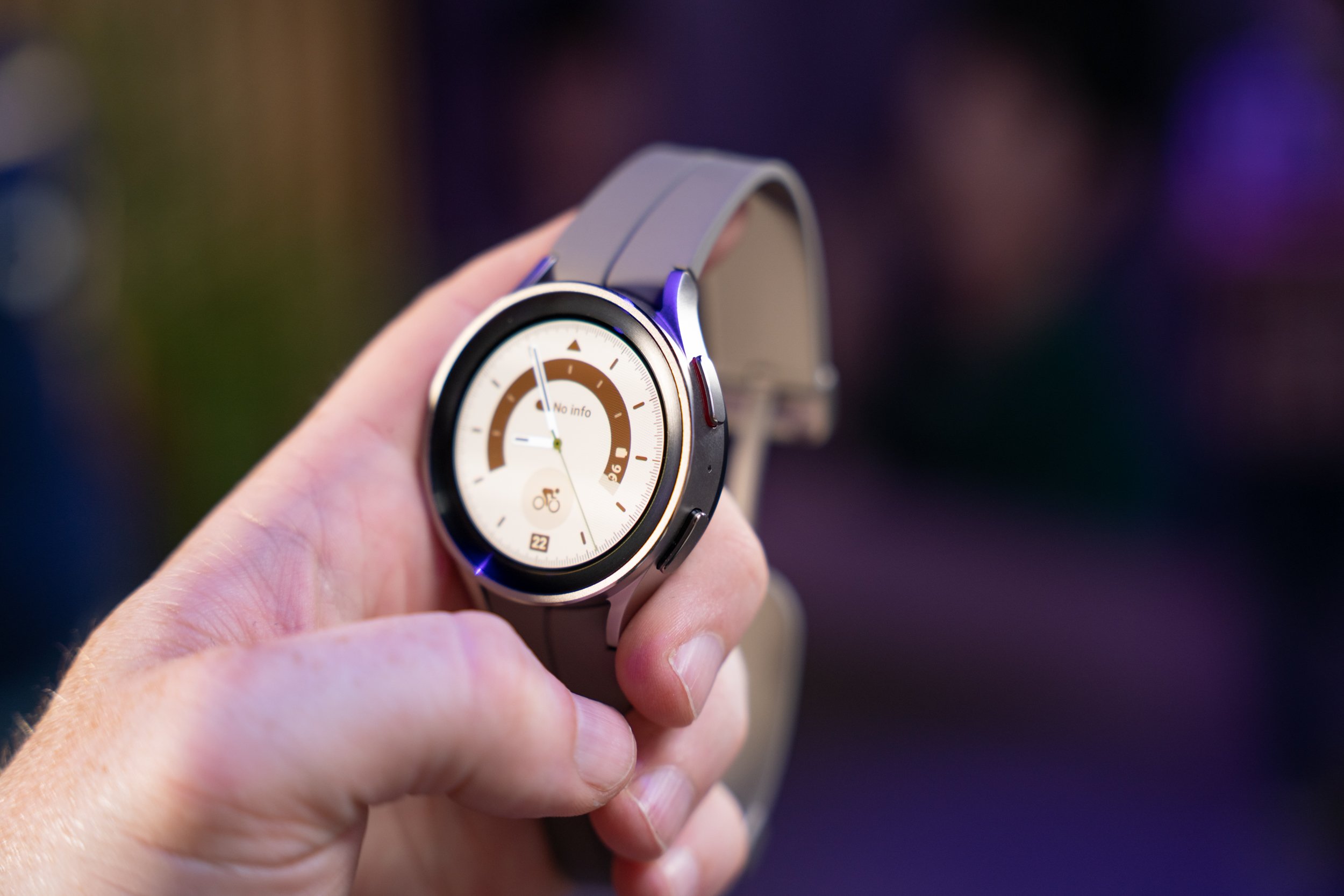We know the Logitech Revue is coming this fall as the first Google TV companion box, and we also have a pretty good idea of the sort of things we will be able to do with it, but what we haven’t heard much on are the internals that will power the entire experience. Thanks to some documents from an FCC filing for the Revue we have learned some of what will be housed inside the box.

The Logitech Revue will feature a Gigabyte motherboard with an Intel Atom 1.2 GHz chip on board and 4GB of memory. On the connectivity side the Revue will feature HDMI input and output, two USB 2.0 ports, ethernet, optical audio out, and built-in Wi-Fi.
Those specs should aptly handle HD video playback, web content, and apps from the Android Market on top of your standard television experience. The device will also get the peripheral treatment with HD web cams and various controller devices.
[via Android and Me]








The biggest selling point for me will be it’s local video player. Obviously for that to work well it has to support external hard drives or network with hard drives. If it can’t play my local video amazingly (avi), I won’t want one.
I never got why they picked Intel over ARM. What I don’t get now is what they need 4GB memory for.
So we could watch local channels+channels like MTV on this?
I don’t know of any technical reason to go with x86 except for Windows compatibility. But it is good politics to have intel on your side.
The irony is that Intel wanted to get rid of x86 and move everyone to itanium but AMD pretty much killed that plan. Now Intel wants us to go back to x86.
4gb = buffer for streaming?
more processor architectures (x86, arm, powerpc, mips…) means more platforms & more devices with competitive price. it will lead to more apps, more users and more development.
whats the end result? android will become stronger & stable against other platform (winmo, brew, meego, symbian, ios, palm, linux mobile distros, j2me based platforms)
Microsoft recently declared discontinuing OS development for Itanium
4GB is not enough now these days. it really doesn’t matter how much power, memory & bandwidth you are giving to your users, some users will consume the whole lot of it. we usually use one handset for about 18 months on AVERAGE (some people actually use their handsets for 5 years), but for TV? people use TV for 8-10 years at least. 1.2 GHz will look like a prehistoric CPU within couple of years. TV manufacturers should put dual core or 2GHz cpu in TV
it will be connected to power outlet and in such cases I think x86 is better than arm chips. Arm is better in power-saving features.
Intel may be better at producing chips but that doesn’t mean x86 is better. Also note: Atom is a cut down version of the desktop cpu.
Maybe not the reason they went with x86 but the benefit of Customized Android STB on an x86 platform should allow for people to create their own Multimedia PCs running the same Android interface as the commercial guys (due to Android’s Open source nature), including the ability to upgrade HDDs RAM, GPUs, Sound Cards, Dual boot systems etc. Also I think it’d be very interesting to see an Android interface somehow integrated with a MythTV system. The possibilities are pretty exciting